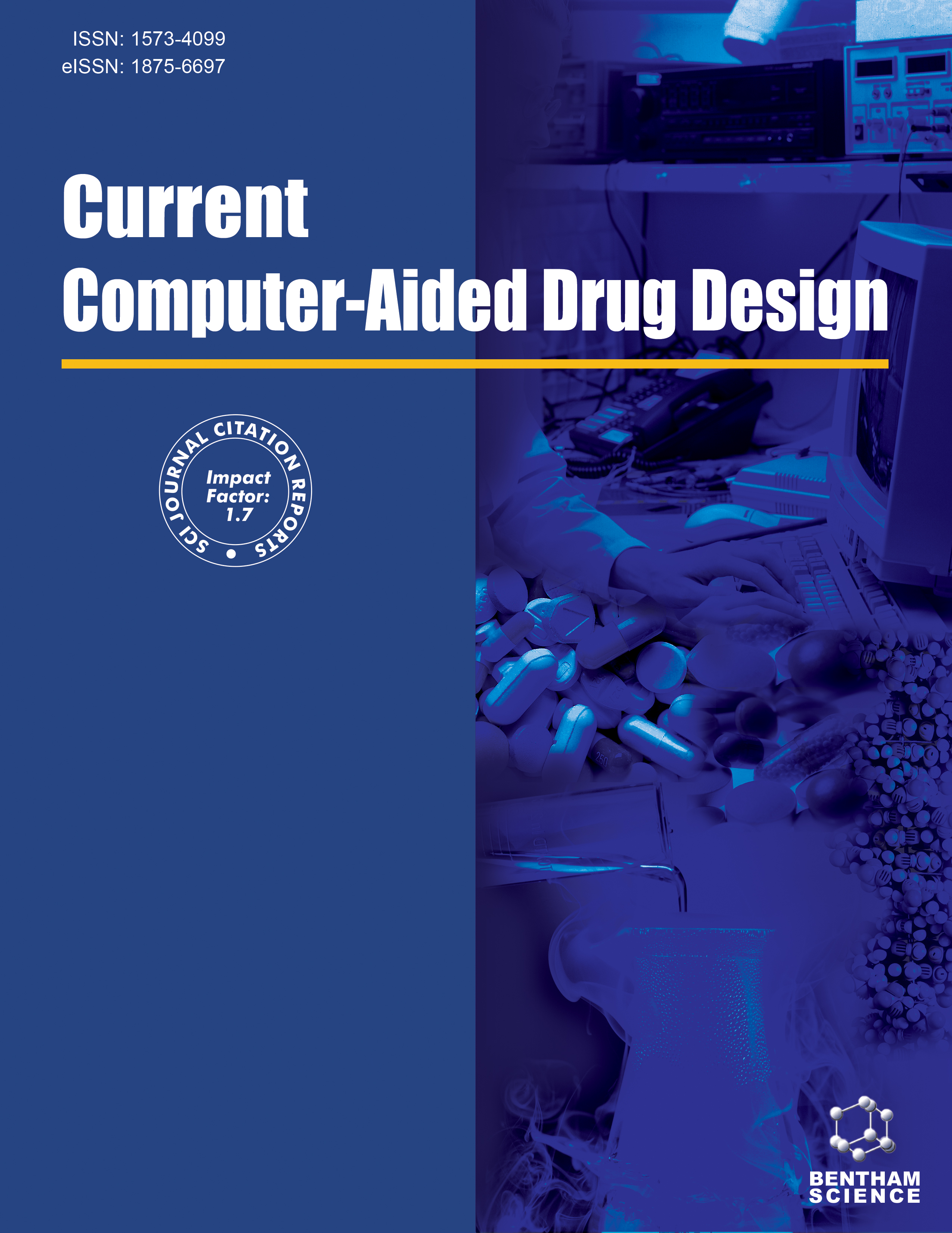
Full text loading...
We use cookies to track usage and preferences.I Understand
Integration of viral DNA into the host cell genome, carried out by the HTLV-1 integrase enzyme, is a crucial step in the Human T-lymphotropic Virus type I (HTLV-1) life cycle. Thus, HTLV-1 integrase is considered an attractive therapeutic target; however, no clinically effective inhibitors are available to treat HTLV-1 infection.
The main objective was to identify potential drug-like compounds capable of effectively inhibiting HTLV-1 integrase activity.
In this study, a model of HTLV-1 integrase structure and three integrase inhibitors (dolutegravir, raltegravir, and elvitegravir as scaffolds) were used for designing new inhibitors. Designed molecules were used as templates for virtual screening to retrieve new inhibitors from PubChem, ZINC15, and ChEMBL databases. Drug-likeness and docked energy of the molecules were investigated using the SWISS-ADME portal and GOLD software. Stability and binding energy of the complexes were further investigated using molecular dynamic (MD) simulation.
Four novel potential inhibitors were developed using a structure-based design protocol and three compounds from virtual screening. They formed hydrogen bonding interactions with critical residues Asp69, Asp12, Tyr96, Tyr143, Gln146, Ile13, and Glu105. In addition, π stacking, halogen, and hydrogen bond interactions were seen between compounds (especially halogenated benzyl moieties) and viral DNA similar to those seen in parent molecules. MD simulation confirmed higher stability of the receptor-ligand complex than the ligand-free enzyme.
Combing structure-based design and virtual screening resulted in identifying three drug-like molecules (PubChem CID_138739497, _70381610, and _140084032) that are suggested as lead compounds for developing effective drugs targeting HTLV-1 integrase enzyme.

Article metrics loading...

Full text loading...
References


Data & Media loading...
Supplements

